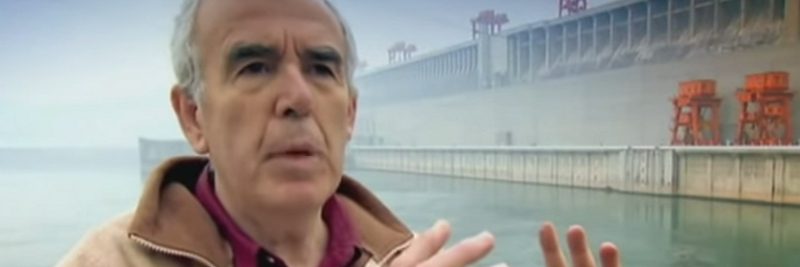Water is one of the truly few renewable power resources that the world has today. Although water flows can alter themselves based on the pattern of the seasons, a hydroelectric dam can minimize this impact by creating a reservoir of water behind it that can be used to create power during low flow periods. Using the power of gravity and the force of moving water, once a dam is built, the environmental pollution impact is quite low. By weighing the advantages and disadvantages of a new hydroelectric dam, each community can decide if a new one should be installed or a current one maintained.
The Pros of Hydroelectric Dams
1. The have a predictive annual cost.
Although hydroelectric dams can be somewhat costly to build in certain locations, they do have an annual cost once they go live that is rather predictable. Because the flow of water is constant and the production of electricity is consistent, the utility costs don’t fluctuate unpredictably and this creates more economic stability for a region.
2. It’s a free energy resource.
Once the hydroelectric dam has been built, there are only maintenance and running costs to consider. There are no new wells to drill or any other scouting costs associated with the project. Water is a free and open resource that flows through rivers and streams to the dam and then along its natural route once again.
3. They can be built to size.
If a good reservoir location has been found, then a hydroelectric dam can be built to the specific dimensions that are needed. There isn’t a fixed size for a dam and then have a low failure rate once completely built, making them one of the most manageable production platforms for power generation that currently exists in the world today.
The Cons of Hydroelectric Dams
1. They change the local habitats.
Once a hydroelectric dam has been completed, its design will alter the local habitats of the region and displace animals and homes. They often need a large area to work properly as well, which means miles of displacement may occur. Downstream displacement also happens because rivers and streams are often brought down to a trickle so that the water reservoirs can fill up.
2. Drought can ruin the investment.
This disadvantage is being seen in the Western United States right now. States like California and Nevada haven’t seen enough rain in years and this is causing long-standing lakes, rivers, and streams to dry up. The end result is a lack of water that can be used to generate electricity and the end result is an increase in power costs.
3. There is a downstream risk of catastrophic damage.
If a hydroelectric dam were to breach, those living downstream of the dam would be at a great risk for catastrophic flooding. Even if communities are moved out of the potential flood plain, massive water flows can be unpredictable and there would be no guarantee of safety for miles around.
There are some definite advantages to the installation of a hydroelectric dam, but there are some clear disadvantages as well. By looking at all of the pros and cons, a better decision can be made about this power resource.
Crystal Lombardo is a contributing editor for Vision Launch. Crystal is a seasoned writer and researcher with over 10 years of experience. She has been an editor of three popular blogs that each have had over 500,000 monthly readers.


















